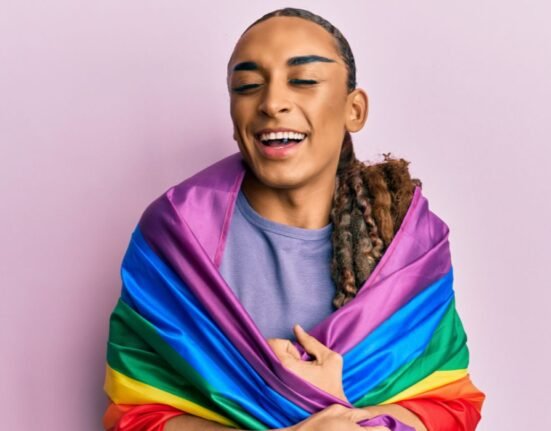Christina Dhanaraj, the writer and co-founder of Dalit History Month (DHM), which ended in April, emphasises. “Thenmozhi Soundarajan, the current Executive Director of Equality Labs, approached me with the concept in late 2014. It immediately captivated me. We formed a small crew to work on it. It grew to a little larger collective in early 2015, with Dalit women participating in writing, translation, illustration, and distribution. The Dalit History Month project was inspired by Black History Month, and it was envisioned as a collaborative academic effort that would share the legacy of Dalit struggle, resistance, and perseverance with the globe.” Said Dhanaraj on what inspired them to start Dalit history Month. Dhanaraj said that she never anticipated becoming popular, continuing by saying “the world was quite different. We didn’t have much of a Dalit presence on the internet. DHM gained a following while establishing itself in a world that was increasingly more politicized, notably on social media. Having said that, I’m aware that many Dalit-Ambedkarite communities.” According to Dhanaraj the greatest accomplishment of DHM is “The internationalisation of the Dalit struggle is the most important factor. We have seen a massive uprising of Dalit artists, creators, influencers, leaders, and thinkers in the last seven years. Their work has always existed, but it is only now that we get to experience it in a rich, intimate way.” “That crimes against Dalit women continue unabated, regardless of who is in power. That India, as a nation and a state, must examine its indifference and impunity. The young upper-caste Indians face a difficult journey ahead of them.” replied Dhanaraj about the crimes that have increased during the pandemic in India.
She also said that India’s feminist movement is the issue that solely applies to feminists from dominant and upper caste backgrounds, they are indeed unaware of the complex reality faced by Dalit women. That is not to say that all savarna feminists have failed us; we have worked closely with several leaders. Second, we must acknowledge that the Indian feminist movement is not uniform. There are women, men, and LGBT people in it. Traditional notions of who qualifies as a feminist are continually being challenged, and Dalit feminists, particularly Dr Ruth Manorama and Fathima Barnard, have long been our leaders. “I distinctly recall a day in college when a feminist friend of mine questioned if I was a Dalit or a feminist. I didn’t know what to say and was pressed for time, so I said feminist, even though I identified as both. I’ve tried to be true to myself in the years since, but balancing these two identities has proven difficult. The few Dalit and Black women writers I had access to provided me with the most support. My life was revolutionised after reading Bama and Bell Hooks (Gloria Jean Watkins).” Dhanaraj shared her experience on how she balanced her gender and caste identities. Dalit women are increasingly prone to questioning the caste compositions of mainstream spaces, such as academia, the media, and corporate India. Dhanaraj stated that to change the standing of Dalit women in Brahminical spaces “We need more Dalit women in positions of leadership. We need workplaces that are truly anti-caste and equal, allowing Dalit women to feel safe and powerful. We need a body of work that has been investigated, edited, and written by Dalit women.”
“It’s impossible to keep track of all the microaggressions.” “A few years ago, I started a Twitter debate about this, and one of the things I noticed was round-table dinner chats in which everyone is asked where they’re from, but if you’re visibly Dalit, that subject is skipped over,” Dhanaraj explained.












Leave feedback about this